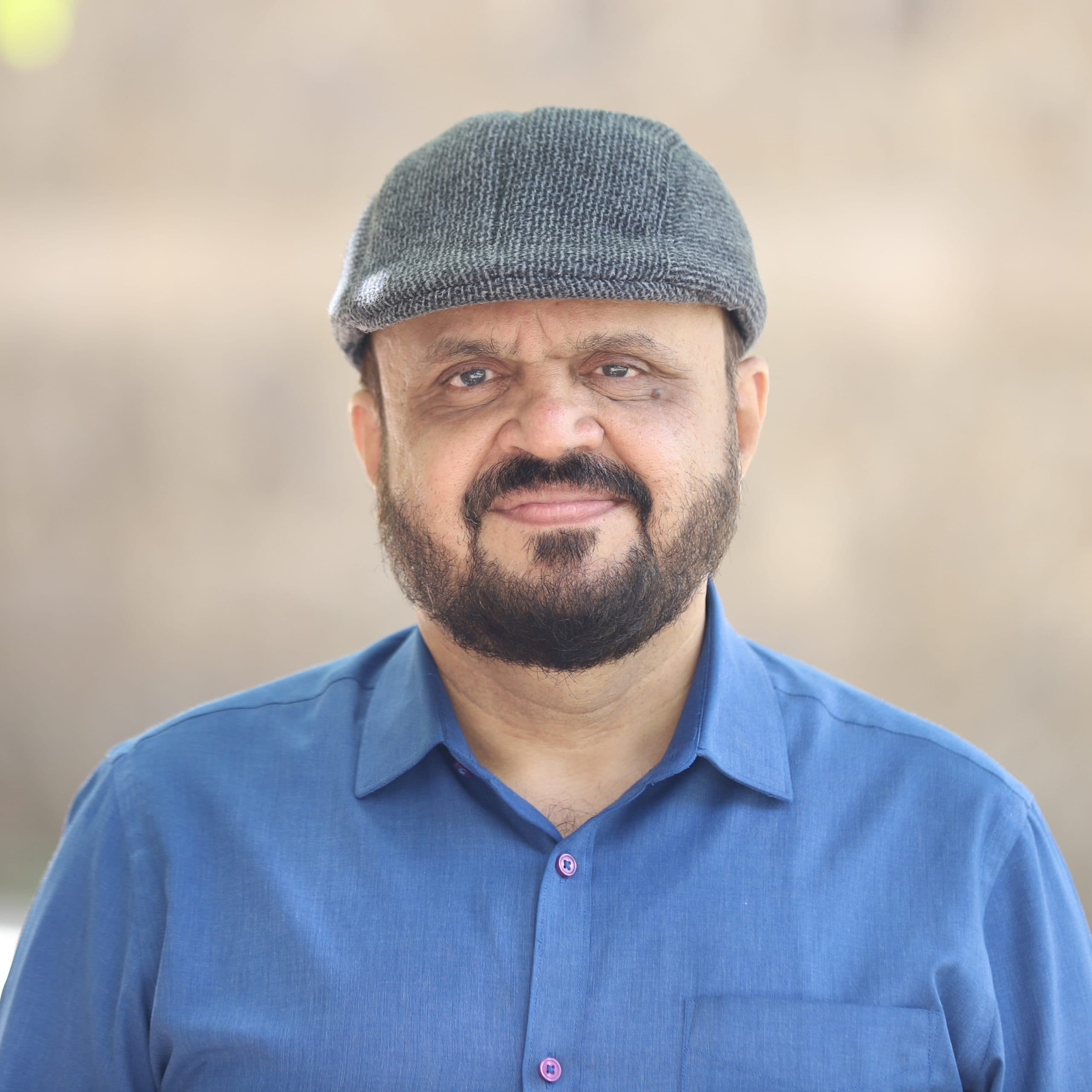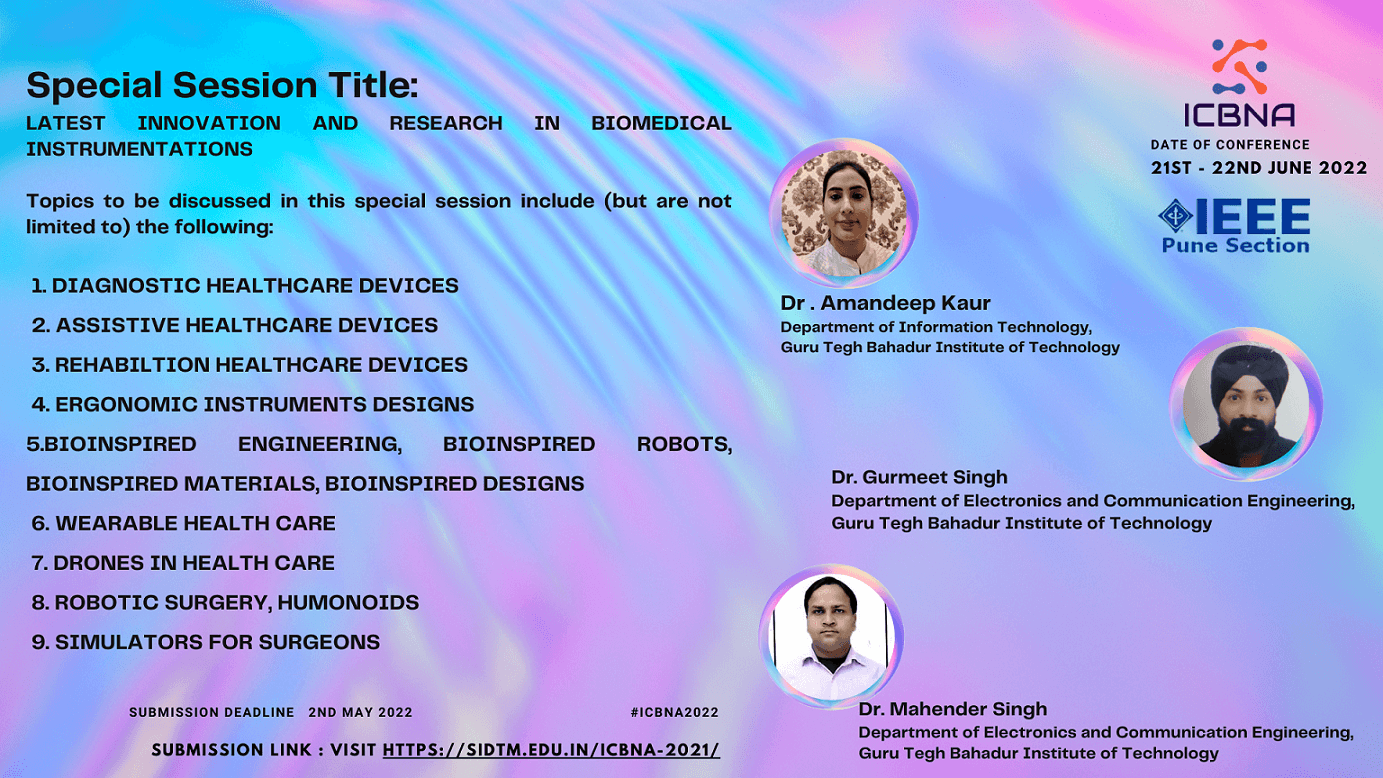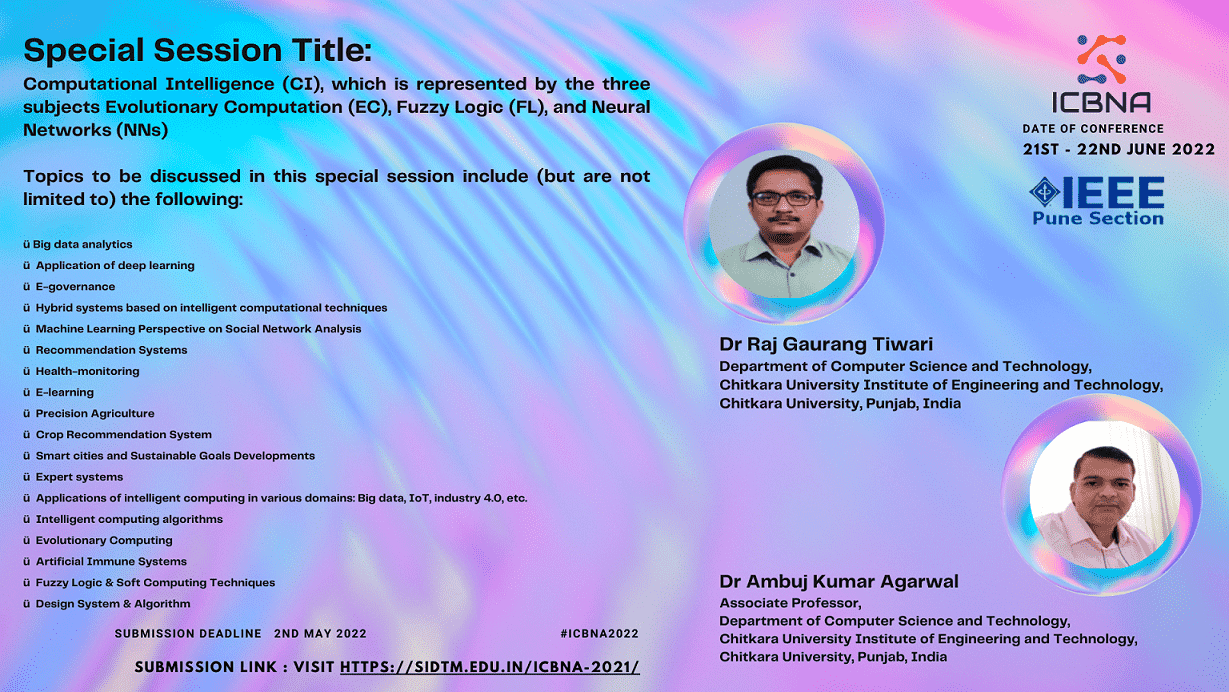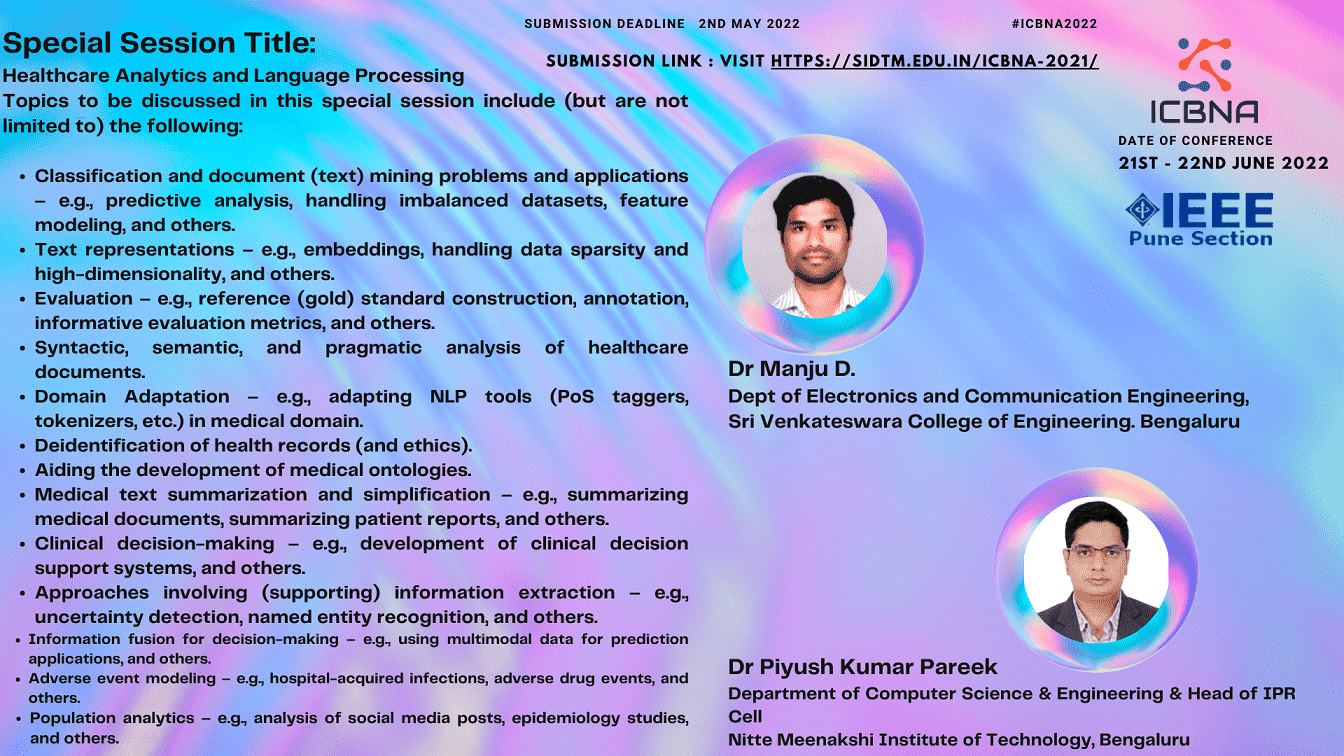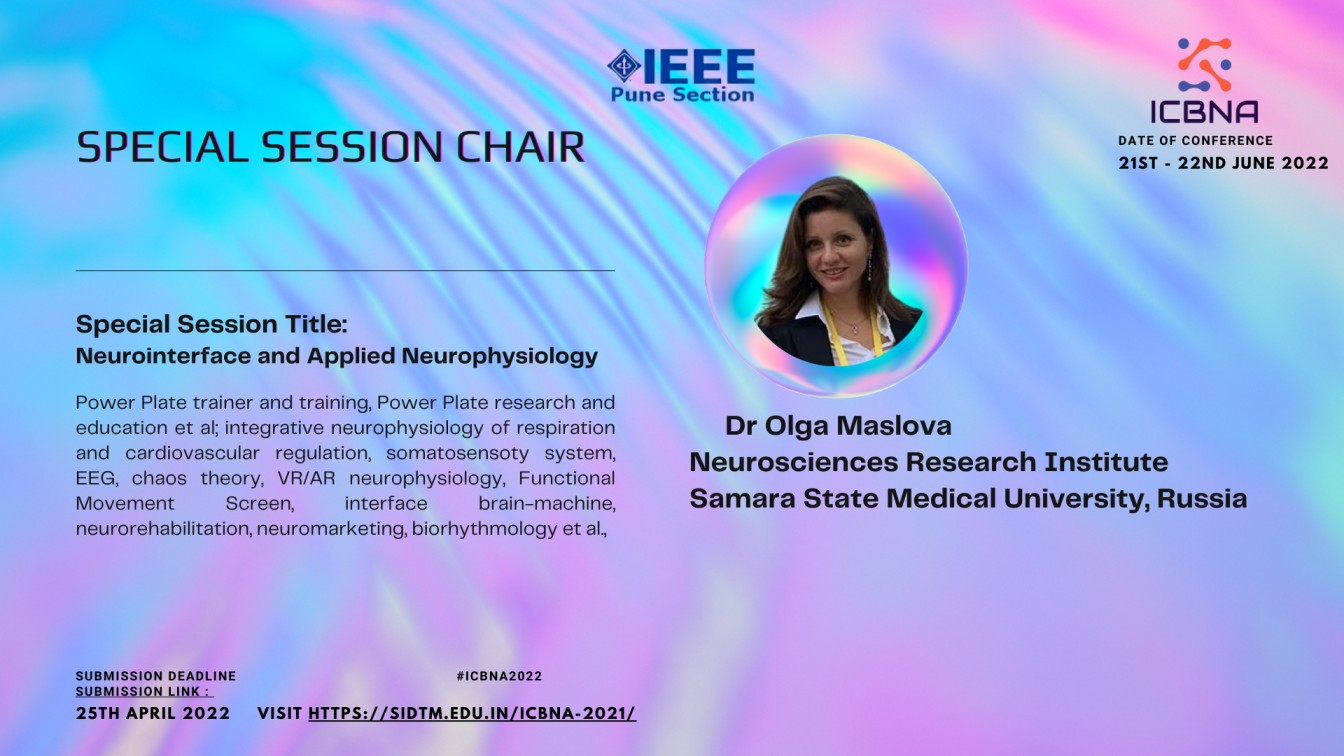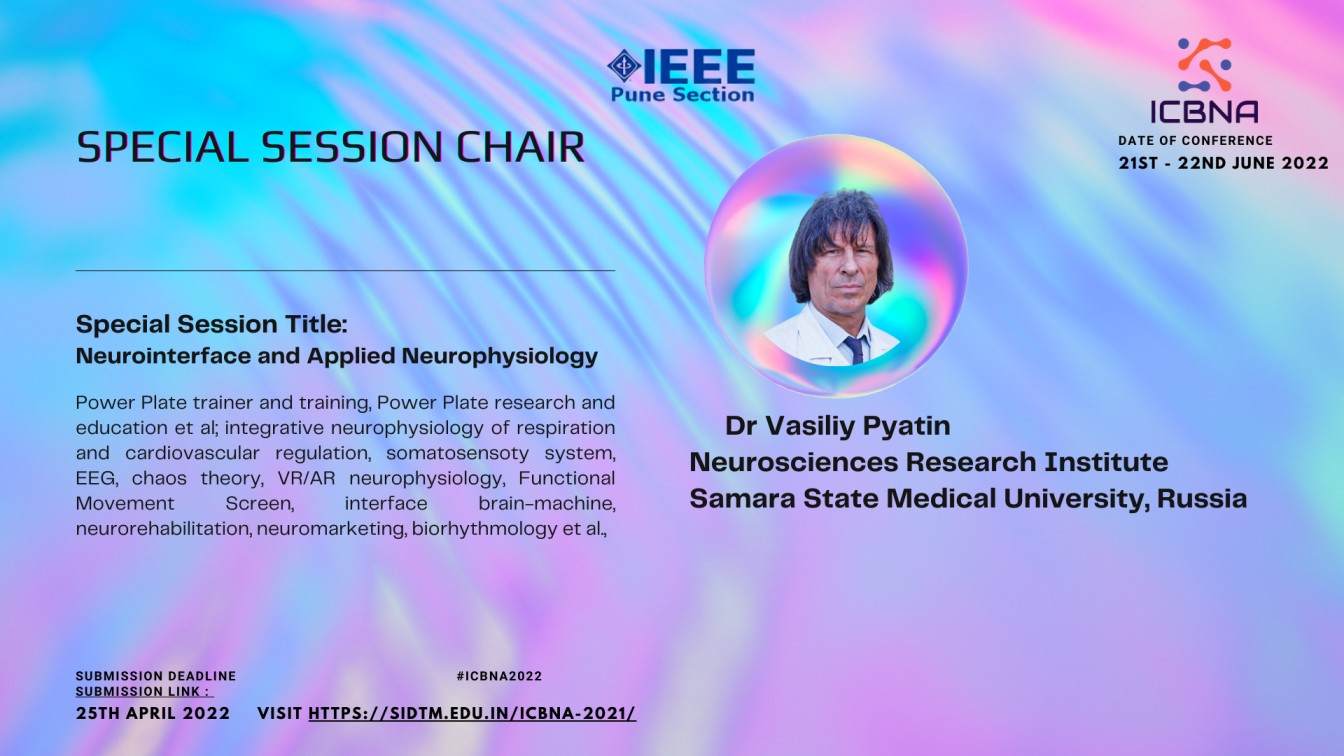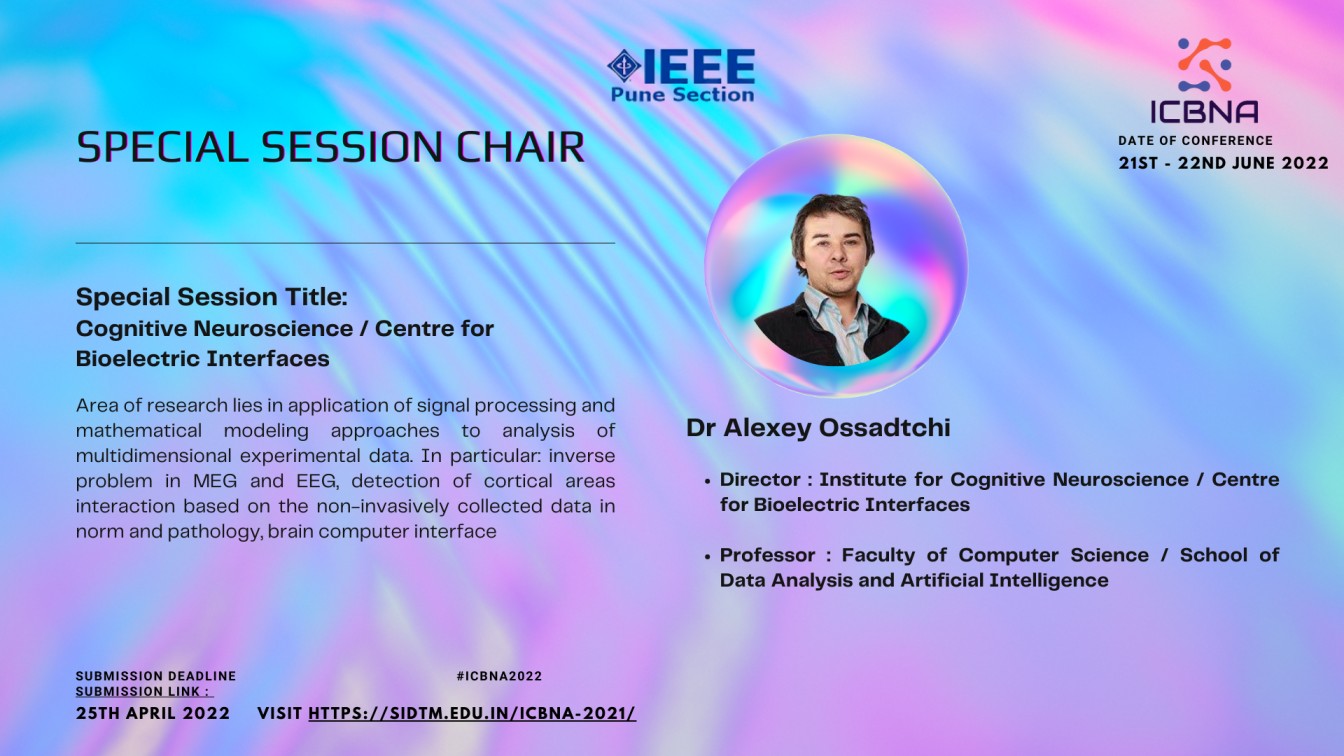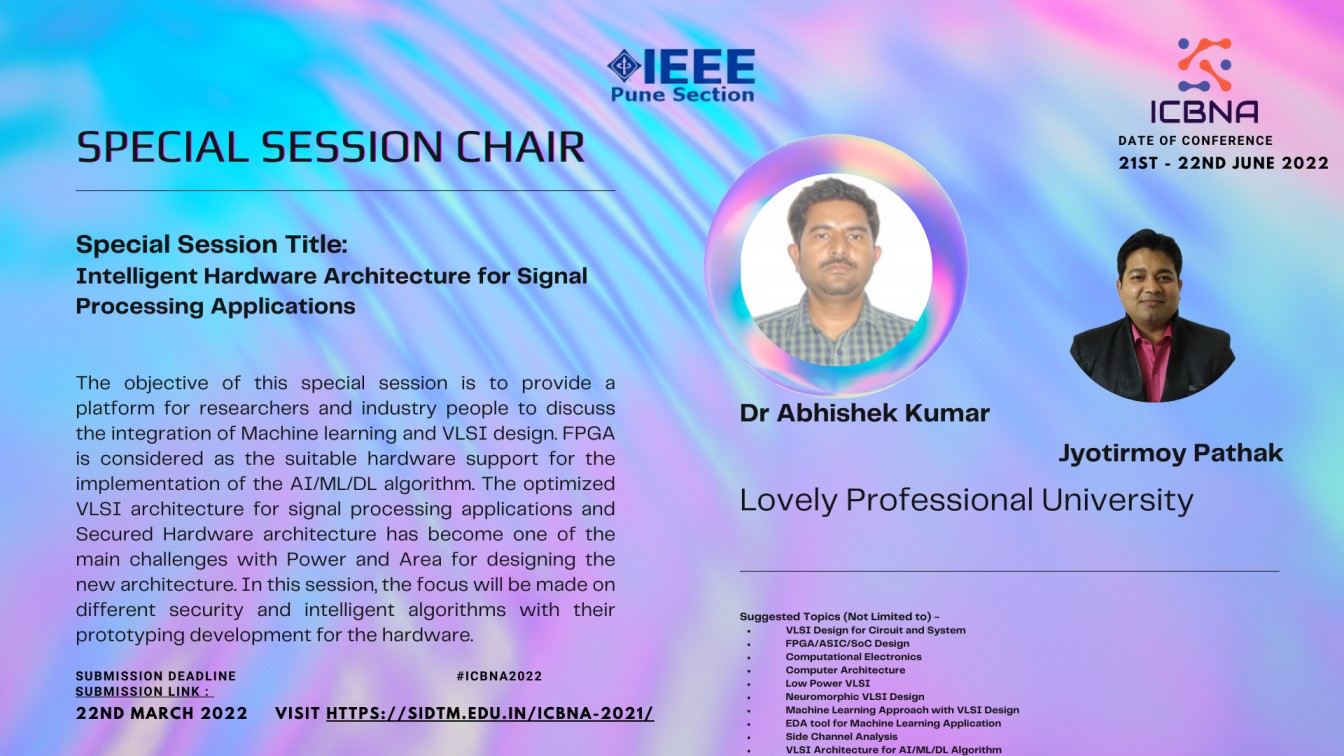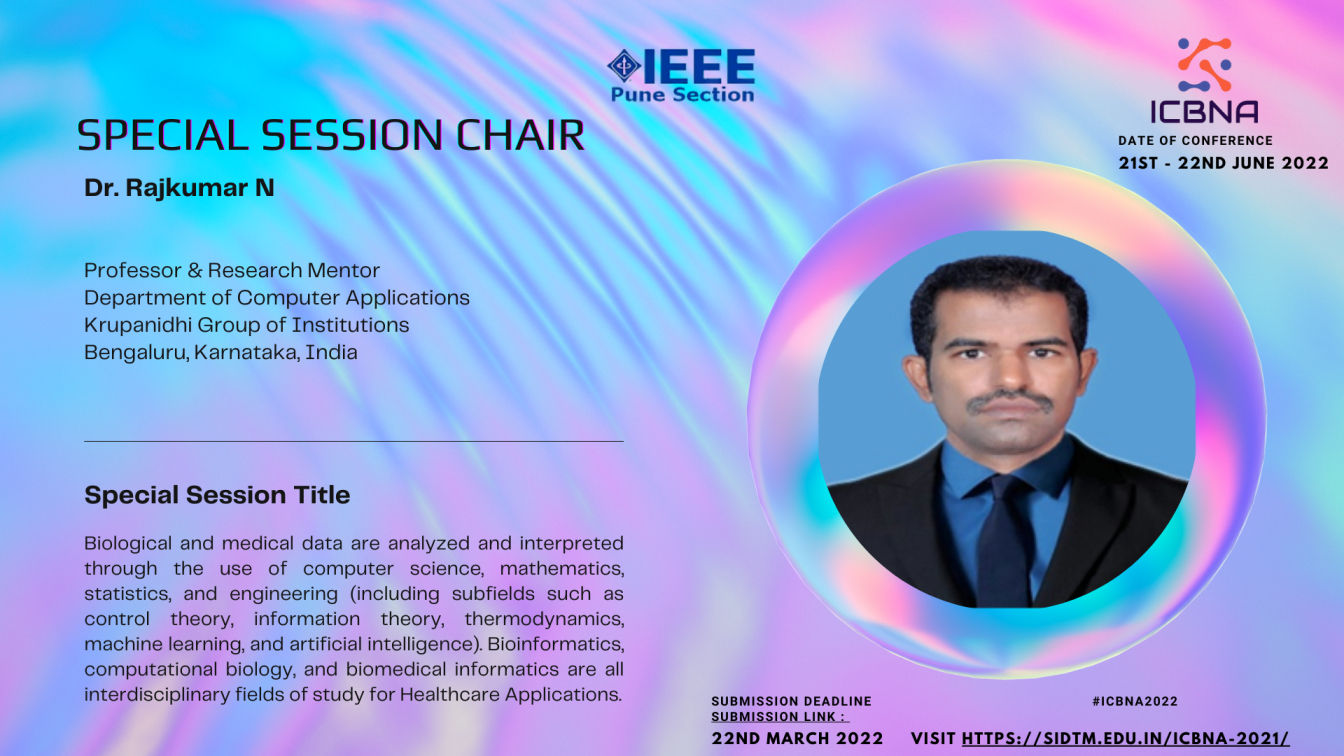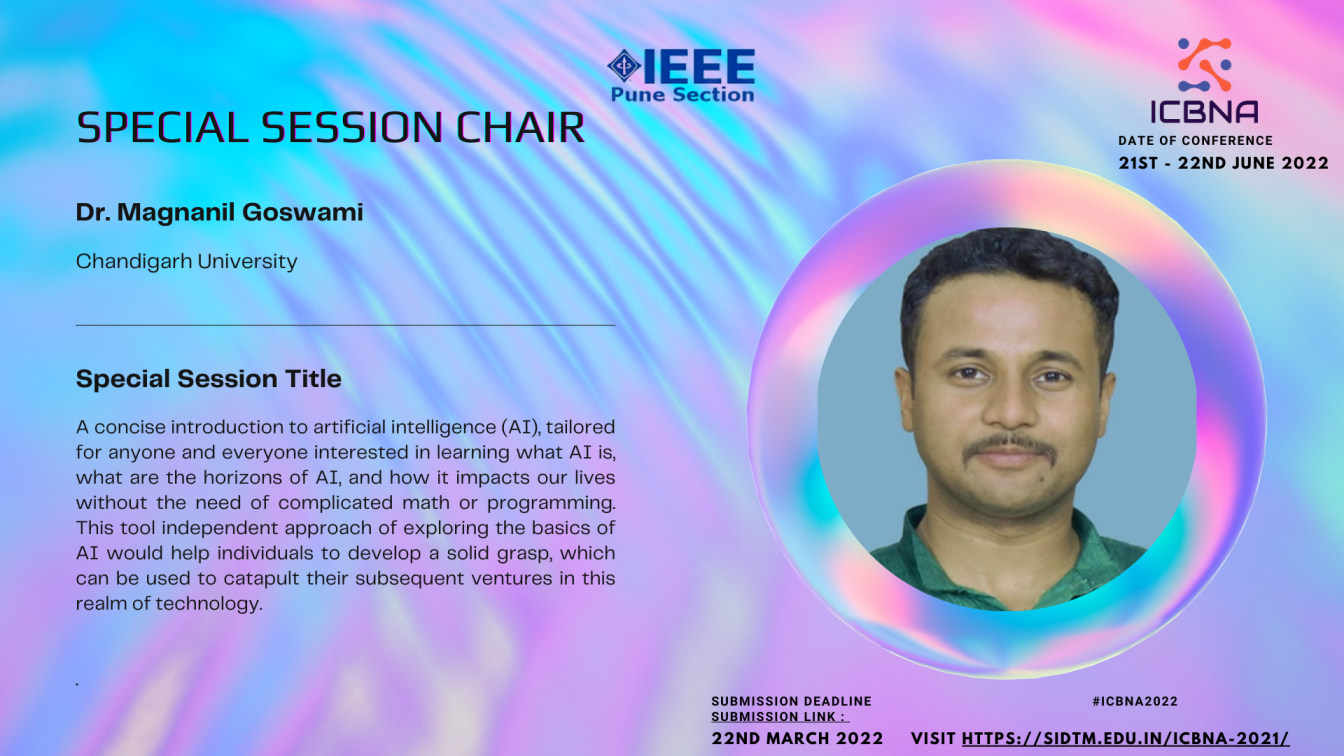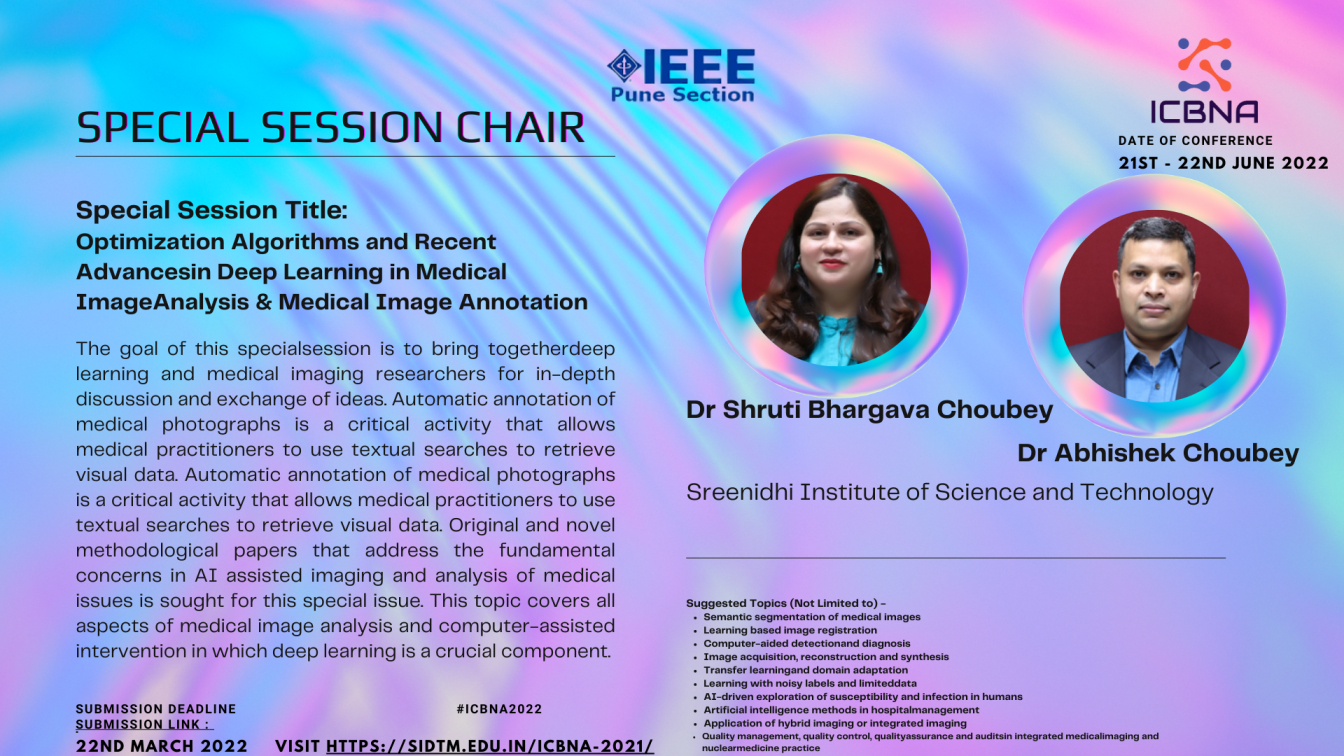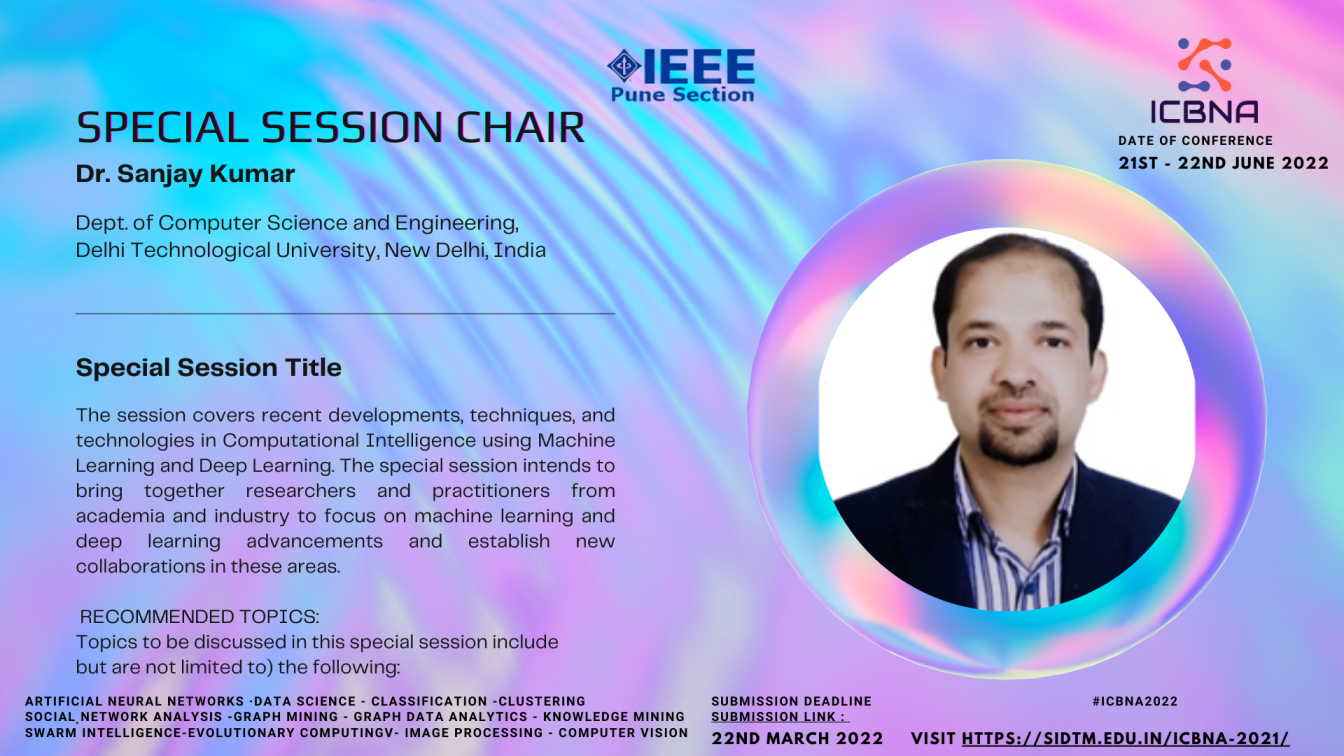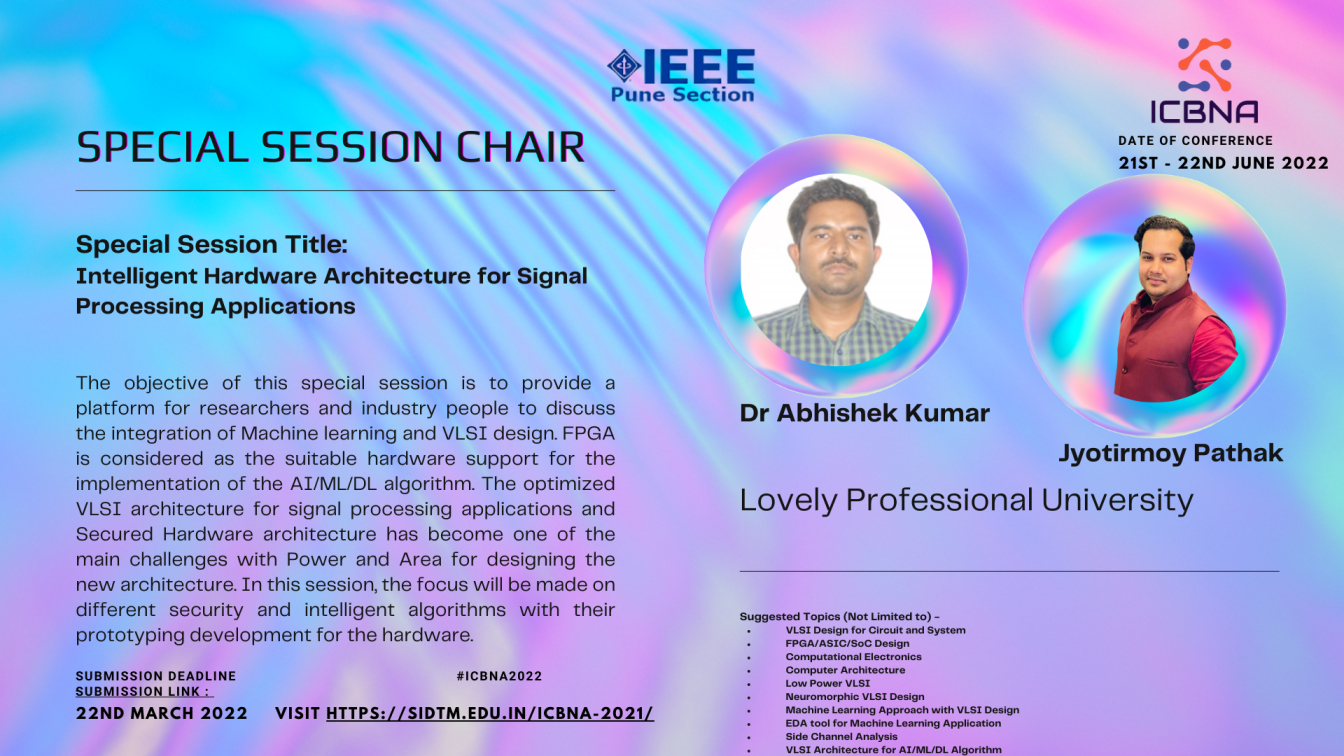Publications
Guidelines for Submission of Papers/articles for Telecom Business Review
A soft copy of the paper for consideration for publication should be emailed to tbr@sidtm.edu.in MS word format, (not PDF file).
Please send two separate files:
- Cover page file
- Main Paper
Cover Page File:
It should provide the title of the paper, the name(s), designation, & contact details i.e. postal address, email address and telephone/ cell number of all the author(s). This page should contain a declaration as under:
- The undersigned hereby transfers all rights in respect of the work including without limitation all copyright rights in the work to Symbiosis Institute of Digital & Telecom Management (SIDTM).
- The undersigned hereby represents and warrants that the work is original not published anywhere else and s/he is the author of the work.
With a view to facilitate the editorial review, there should be no identification of any author anywhere in the complete paper except this cover page.
Main paper file
Abstract
- Following the cover page an abstract must be provided, containing summary of the paper not exceeding 250 words. Abstract should include the research area or topic, research methodology, Key findings and 4-5 Keywords. The main text of the paper should start from the next page.
Paper:
- Paper should start from page 3. It should confirm to the following generic format:
- Introduction
- Literature review
- Objectives
- Methodology
- Findings/discussion
- Conclusion/implications and
- References.
Please use the checklist provided below to ensure that your paper meets the requirements prior to submission. In case of noncompliance to these guidelines, your paper will be excluded from being published. Please send us your paper in MS word format, not PDF files for blind review.
- 1. The maximum size should be 3000 words including tables, references etc.
- 2. Title of the paper is no more than 15 words, centred and in 16pt font.
- 3. Section/sub-titles is in numbered sequentially, in bold and 14pt font.
- 4. All text should be in 12-point Times New Roman Font, Justified, Double spaced, 1 inch margin on all four sides. Professionally drawn graphs and diagrams must be provided wherever necessary along with the manuscript.
- 5. Figures, tables and charts are included within the body of the paper.
- 6. Footnotes, figures, tables and graphs should be numbered serially and should appear at desirable place in the text itself, with proper reference made in the text. Wherever necessary, the source should be indicated at the bottom.
- 7. Figures, text or tables are not coloured or shaded.
- 8. Tables or figures do not break across two pages.
- 9. No footnotes, but End-notes are included.
- 10. Paper has been checked for grammar and spelling.
References
- References should be given separately at the end of the paper and arranged in alphabetical order APA style. The list should include only work the author/s has cited.
- In text citation: Citation within text. Put in text citation at the end of sentenceE.g. for Intext : Water is a necessary part of every person’s diet and of all the nutrients a body needs to function, it requires more water each day than any other nutrient (Gabbett et al, 2010).Same citation in Reference section will appear as:Gabbett, T., Jenkins, D., & Abernethy, B. (2010). Physical collisions and injury during professional rugby league skills training. Journal of Science and Medicine in Sport, 13(6), 578-583.
- Reference list: References to be added at the end of paper. References should be alphabetical wise
The following style should be strictly followed for references:
- For Journal article/papers:The author/s name, year of publication, title of the article, journal name, volume and number, and the page numbers of the article should be provided. For example:Gabbett, T., Jenkins, D., & Abernethy, B. (2010). Physical collisions and injury during professional rugby league skills training. Journal of Science and Medicine in Sport, 13(6), 578-583
- For books:Dubrin, A. 1984. Foundations of organizational behaviour: An applied approach. New Jersey: Prentice Hall Taylor, B. and Willis, G. (Eds.). 1970. Pricing strategy. Princeton, NJ: Brandon System.If an article has no author, the periodical or newspaper is referenced as follows:Business Standard. 2003. TCL beats Baron in FIPB war. December 16: 12.
- For chapters in books, follow this form:Srinivas, E.S. 1994. Perceived Quality of Working Life (PQWL) and organisational commitment: A study of managers in select organisations. In N.K. Gupta and A. Ahmad (Eds.), Management Research: Contemporary Issues. New Delhi: South Asia Publications.
- For working papers, dissertations and papers presented at meetings:Sachs, J.D., Bajpai N. and Ramiah, A. 2002. Understanding regional growth in India. CID Working Paper No. 88. Centre for International Development, Harvard University, Massachusetts.
- For electronic documents:Give the author’s name, if known and year of publication; or give the periodical/newspaper’s name or the organisation’s name as author. This should be followed by the full title of the document; the http, or other addresses; and the date the document was posted or accessed. Basu, I. 2004. India’s thorny FDI rule under scrutiny. Asia Times.
- For Internet Sources:(With no author/no date:)) Pet therapy. (n.d.). Retrieved from http://www.holisticonline.com/stress/stress_pet-therapy.htm.(With Internet – Organisation / Corporate author ): Ministry of Health. (2014). Ebola: Information for the public. Retrieved from http://www.health.govt.nz/your-health/conditions-and-treatments/diseases-and-illnesses/ebola-information-public
- Blog Post:Stefanie. (2014, October 8). What a tangled web: Website versus webpage [Blog post]. Retrieved from http://blog.apastyle.org/apastyle/2014/10/what-a-tangled-web-website-versus-webpage.html











